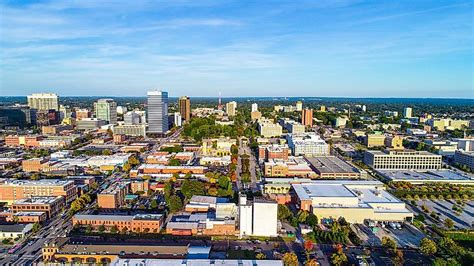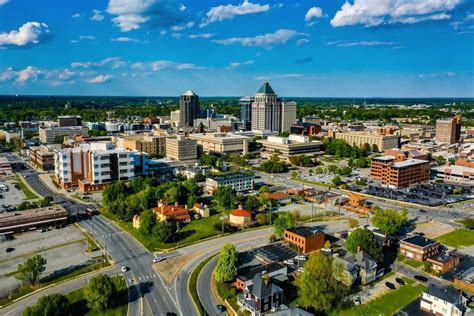In today’s fast-paced world, the demand for 24/7 dining options has grown, particularly in urban areas where convenience is key. Whether you’re looking for a quick bite late at night or a full meal in the early hours, the availability of food around the clock has transformed the way we eat and live. This article explores how to find local dining spots open at all hours, highlights international food trends that cater to late-night cravings, and examines the economic and cultural impacts of these round-the-clock establishments. We’ll also look at popular 24/7 restaurants worldwide and dive into future innovations in the food industry that are reshaping access to meals at any time of day.
Explore this topic thoroughly with xotools.xyz
1. Importance of 24/7 dining options in urban areas.
Urban life, characterized by its fast-paced and diverse nature, places significant value on 24/7 dining options. These establishments cater to a broad spectrum of individuals, including night-shift workers, early risers, travelers, and those seeking late-night indulgences. The availability of food at any time of day or night supports the dynamic schedules of city dwellers, enhancing their convenience and flexibility. Moreover, 24/7 dining plays a vital role in bolstering the local economy by generating continuous employment opportunities and driving revenue. These options also foster cultural diversity by enabling people to explore a range of cuisines at any hour. As urban populations continue to expand, the demand for around-the-clock dining is anticipated to rise, solidifying these establishments as an integral aspect of modern city living, where time constraints often necessitate food access beyond traditional hours.

2. Methodologies for researching and finding local food options open at various hours.
Finding local food options open at various hours demands a blend of technology and practical tactics. One of the most efficient strategies involves utilizing apps and online platforms designed for food searches, such as Google Maps, Yelp, or dedicated food delivery apps. These platforms often include filters for open hours, allowing users to search for restaurants based on their operating hours, cuisine type, and location. This makes it considerably easier to locate 24/7 dining options within close proximity.
Social media can be a valuable tool for finding late-night dining options. Local food communities and influencers often share recommendations for places open late or around the clock. Alternatively, exploring websites of major food chains can provide clear information about their operating hours. Additionally, word of mouth or community boards can uncover hidden gems that might not be found through mainstream searches. By utilizing digital tools and local knowledge, individuals can effectively discover a diverse range of dining options available at any time.

3. Analysis of international food trends and their availability in different regions.
The global exchange of culinary ideas has dramatically expanded the availability of 24/7 dining options worldwide. Globalization and the blending of cuisines have fueled the emergence of diverse, round-the-clock food offerings, ranging from Asian street food to Western fast food chains. Major cities across the globe now offer a kaleidoscope of international dishes, with options like sushi and ramen in Japan, pizza and burgers in the U.S., and countless other culinary delights from around the world accessible at any hour.
The growing popularity of food trends like plant-based and healthy fast food reflects a global shift towards conscious eating. Cities such as London, New York, and Singapore have embraced this change, providing a wider range of healthier dining options, including vegan, gluten-free, and organic meals, available around the clock.
Furthermore, cultural influences contribute to the food landscape. Mediterranean cultures embrace late-night dining, with numerous establishments serving traditional dishes well into the night. Conversely, Asian street food markets thrive until late hours, offering affordable and flavorful options that reflect local culinary tastes.

4. The impact of 24/7 dining on local economies and cultural exchange.
The rise of 24/7 dining has had a profound impact on local economies and cultural exchange. Economically, it creates continuous revenue streams for businesses, providing opportunities for increased employment in food service, delivery, and support industries. With eateries open around the clock, jobs are not limited to standard hours, allowing more people to work flexible shifts and contributing to the local economy’s overall growth.
Culturally, 24/7 dining promotes the exchange of ideas and traditions through food. As people from different backgrounds frequent these establishments, they are exposed to diverse cuisines, encouraging cross-cultural understanding and appreciation. Restaurants offering international menus contribute to the globalization of taste, where diners can experience dishes from all over the world without leaving their city. Moreover, late-night dining hubs often become social centers where locals and visitors gather, fostering a sense of community. This blending of cultures through food enhances the social fabric of urban areas while driving economic and cultural vitality.
5. Case studies of popular 24/7 food establishments globally.
The success of 24/7 dining is evident in numerous popular food establishments worldwide. One such example is Katz’s Delicatessen in New York City, a culinary institution renowned for its classic Jewish deli fare. From pastrami sandwiches to matzo ball soup, Katz’s serves its iconic menu around the clock, attracting both locals and tourists alike. The restaurant’s reputation for quality and history has solidified its place as a cornerstone of New York’s vibrant food culture.
Sukiya, a popular chain in Tokyo, offers gyudon (beef bowls) around the clock, serving both late-night office workers and early-morning commuters. Renowned for its affordable prices and swift service, Sukiya has become a mainstay of Japan’s fast-casual dining landscape.
London’s Duck & Waffle provides a distinctive fine dining experience with a 24-hour menu, showcasing dishes like their namesake duck and waffle. Located in a towering skyscraper, it boasts panoramic city vistas, attracting both night owls and early risers who crave gourmet meals in a luxurious atmosphere.
Bangkok’s bustling street food markets exemplify the city’s vibrant culture. Open late into the night, these markets offer an array of culinary delights, from classic pad Thai to grilled meats and exotic fruits. Whether it’s midday or the wee hours, locals and tourists alike can experience authentic Bangkok cuisine at these lively hubs.
6. Future trends and innovations in the food industry related to around-the-clock availability.
The future of 24/7 dining is being shaped by technological advancements and changing consumer preferences. A key trend is the increasing automation of food service. Automated kitchens and self-service kiosks are becoming more prevalent, enabling restaurants to operate with reduced staffing during less busy periods. This makes it easier for establishments to provide round-the-clock service.
Another innovation is the rise of ghost kitchens, delivery-only establishments that operate without physical dining spaces. These kitchens can function around the clock, catering to the growing demand for late-night and early-morning delivery through apps like UberEats and DoorDash.
Sustainability is becoming increasingly important, as many 24/7 establishments prioritize eco-friendly practices. These efforts include sourcing local ingredients, reducing food waste, and offering plant-based menu options to cater to the rising demand for healthier, environmentally conscious food choices.
The ongoing consumer preference for convenience and flexibility in dining is expected to reshape the future of 24/7 food service. This shift will likely result in a more efficient, accessible, and sustainable food service system for urban populations around the globe.
The demand for 24/7 dining options reflects the fast-paced, diverse lifestyles of urban populations. From local economies to cultural exchange, around-the-clock dining has a significant impact. As technological innovations and sustainability practices emerge, the future of the food industry will continue to evolve, offering greater convenience and variety worldwide.
xotools.xyz









